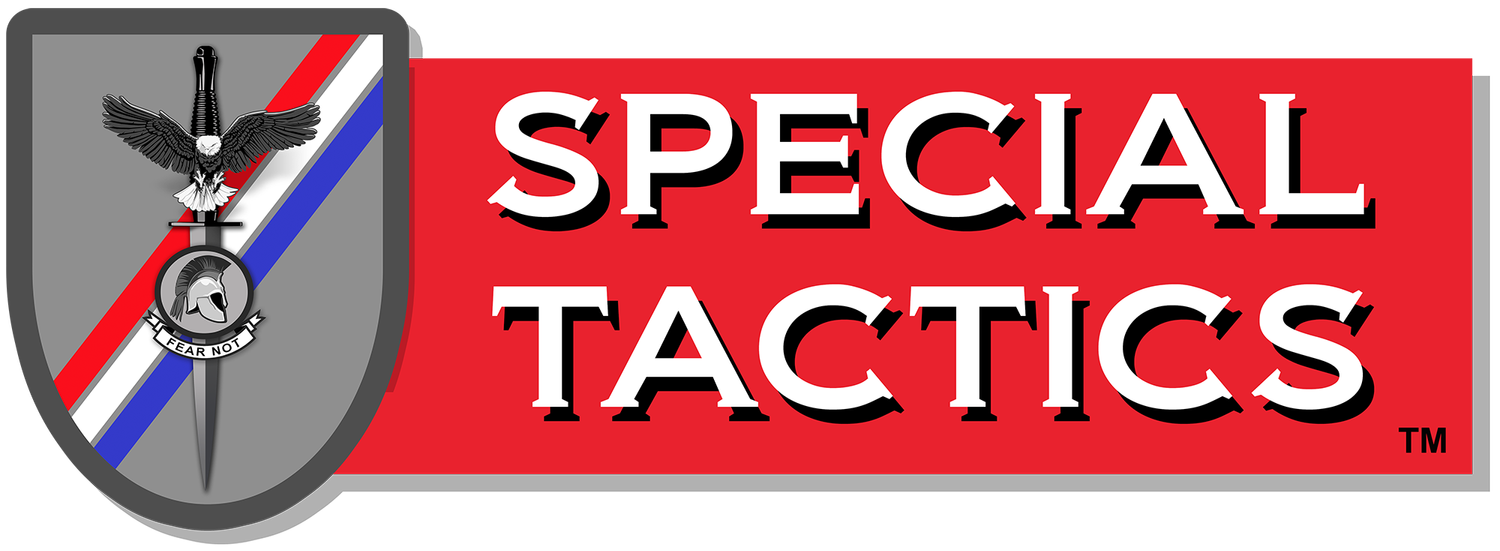DISCUSSION: How to Train with Limited Resources
Introduction
For this week's discussion, we would like to hear your ideas for how to conduct, realistic and effective training, despite the ever-present challenges of limited resources. While a small number of units might have virtually unlimited budget, abundant ammunition, expansive training facilities and plenty of training time, the vast majority of military units, law enforcement officers, tactical teams and armed citizens must find ways to squeeze training into the available space between conflicting demands, using only pre-existing resources. In short, ingenuity, creativity, time-management and resourcefulness must overcome material limitations.
Examining history, it is interesting to note that sometimes the units with less resources end up achieving better results than those that are given everything on a platter. When David Stirling first formed the British Special Air Services (SAS) in 1941, the unit did not even have tents to sleep in and had to "procure" operational materials from neighboring camps. They initially had no parachute training equipment and had to practice by jumping out of the back of moving trucks. It is likely that this environment of scarcity fostered a culture of creativity and resourcefulness that would contribute to the unit's subsequent success against Rommel's Afrika Corps in the Western Desert Campaign. This is only one of many historical examples of how overcoming the challenge of limited resources can help build a highly-effective tactical team. This tradition continues today and we would like to hear about your techniques and creative methods for training with limited resources.
Discussion Summary
This discussion is open to all tactical professionals and enthusiasts. Whether you are a military leader, law enforcement officer, security professional or armed citizen, you have likely come up with some creative training techniques to make the most of limited time and resources. We also believe that tacticians from different backgrounds and communities will likely be able to pick up useful new techniques from each other. A fresh perspective is always beneficial. Feel free to include ideas relating to any aspect of tactical training including weapons training, physical training, scenario/simulation training, open-hand fighting, emergency survival, situational awareness etc. As always, never include any information that might be sensitive in nature or that could be used against the good guys.
Posting Instructions and Final Article Publication
While most of our contributors post on Facebook, feel free to post on the blog below as well. After one week of posts, we will publish the complete discussion to this page so others can learn from it in the future. So, let us know if you would prefer to remain anonymous in the final article. We look forward to hearing your opinions and ideas.
Click HERE to go to our Facebook discussion page...

